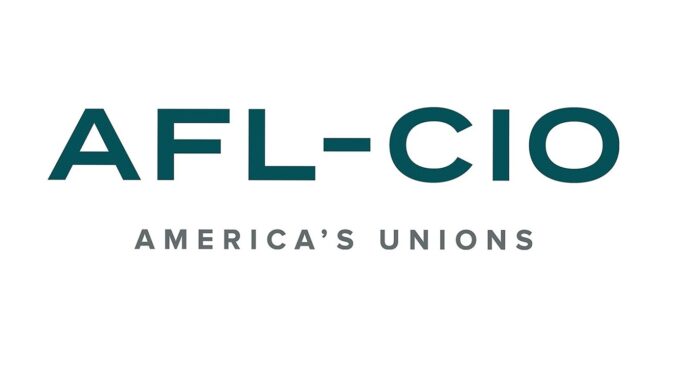
Reprinted from UComm by Kris LaGrange on January 22, 2021.
New data from the Bureau of Labor Statistics (BLS) shows that union membership increased in 2020. According to the BLS, union membership jumped to 10.8%, about .5% higher than in 2019.
Although the percentage went up, the amount of union members in the workforce actually dropped by 321,000, or 2.2% from 2019. However, this drop was less than the number of non-union workers who left the workforce either through retirement or losing their jobs due to the pandemic. That number was 9.6 million or 6.7% of the non-union workforce.
The public sector continues to be the strongest area for unions with 34.8% of workers being organized. In the private sector, 6.3% are members of a union. In 2020 the industries with the highest union membership rate included protective service operations like law enforcement where 36.6% were organized, then education, training, and library occupations where 35.9% were union members. Unionization rates were lowest in farming, fishing, and forestry occupations (2.6%); sales and related occupations (3.2%); and food preparation and serving related occupations (3.4%).
In 2020 the union advantage in pay continued with non-union workers making just 84% of what union workers make. This averaged out to an average non-union salary of $958 a week vs. $1,144 for union members. …






